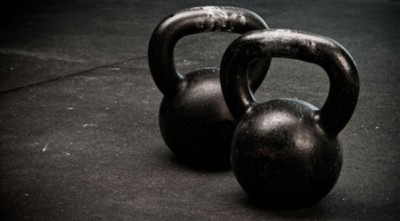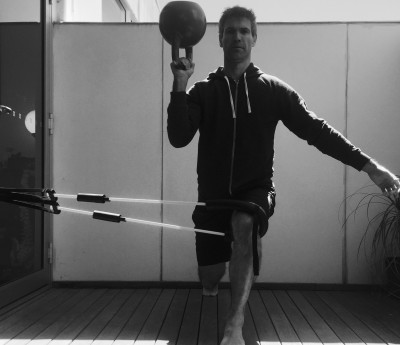
Love Handles – I <3 kettlebells
My love of kettlebells
Many of my clients know my fondness of kettlebells. People new to the practice are often intrigued by the presence of a squat rack, the colourful array of power-bands and of course, the collection of kettlebells. If they’re puzzled when they arrive, most people have a good idea why the bells are there by the time they leave. The most common thing I hear after an initial consult is –
So, what are you, like a chiro, physio, trainer? My last (chiro/physio/osteo) just gave me a (crack / TENS / rub and crack)
So what the hell is a chiro doing with a squat rack and set of kettlebells in his office?
A few years back, not that long ago, kettlebells were not as ubiquitous as they are today; you wouldn’t see them in gyms and you certainly couldn’t just pop down to Rebel to pick one up; I was introduced to the kettlebell by a fellow student. He and a friend were actually making and selling hand cast, custom designed, steel kettlebells. I still have them. They’re classics. It’s like keeping an old Valiant in the garage in mint condition but being able to drive it every day. I was immediately hooked. I read the books and got advice and teaching where I could and I started practicing with kettlebells.
To me, the kettlebell offered a workout that demanded attention to detail, built power, speed, strength and stability, and was as versatile as it was simple. By its nature, the kettlebell is a one handed, asymmetrical lump of steel that will challenge your body in all planes of movement. It is compact and has no moving parts. It is strength and conditioning, distilled down to its most simple and sinister form.
Kettlebells for the Sports Chiropractor
In the practice, the understanding that many conditions that present are the result of movement (or lack thereof), means that much of the “treatment” is done “off the table”. Helping people improve how they move means that they can really own the changes we make in mobility on the table. The kettlebell offers a fantastic and unique tool for many of these corrective exercises. It’s awkward to hold, which makes it great for developing shoulder and trunk stability. It’s a one handed tool, which makes it great for improving rotational stability and asymmetries in movement.
What makes the kettlebell so great for my practice is its ability to bridge the gap from low threshold rehab and corrective strategies, to strength and conditioning, and to sport-like training. Fundamental movements like the hip hinge can be patterned, loaded with a deadlift and used as a speed/power drill in a swing. The Turkish Get Up can be done without load to improve mobility, with a shoe to improve proprioception and with a bell to improve load transfer, co-ordination, breathing and stability. Combined with a power-band, the applications are virtually limitless.
Today I am a certified StrongFirst Kettlebell instructor (SFG I). Kettlebell practice forms a huge part of my personal training program and a huge part of how I work with people at the practice.
If you’re interested in learning anything about incorporating kettlebells into your training, rehab, coaching or treatment protocols, drop me a line and get in touch.
Dr. Matt Wall – Chiropractor – SFG


